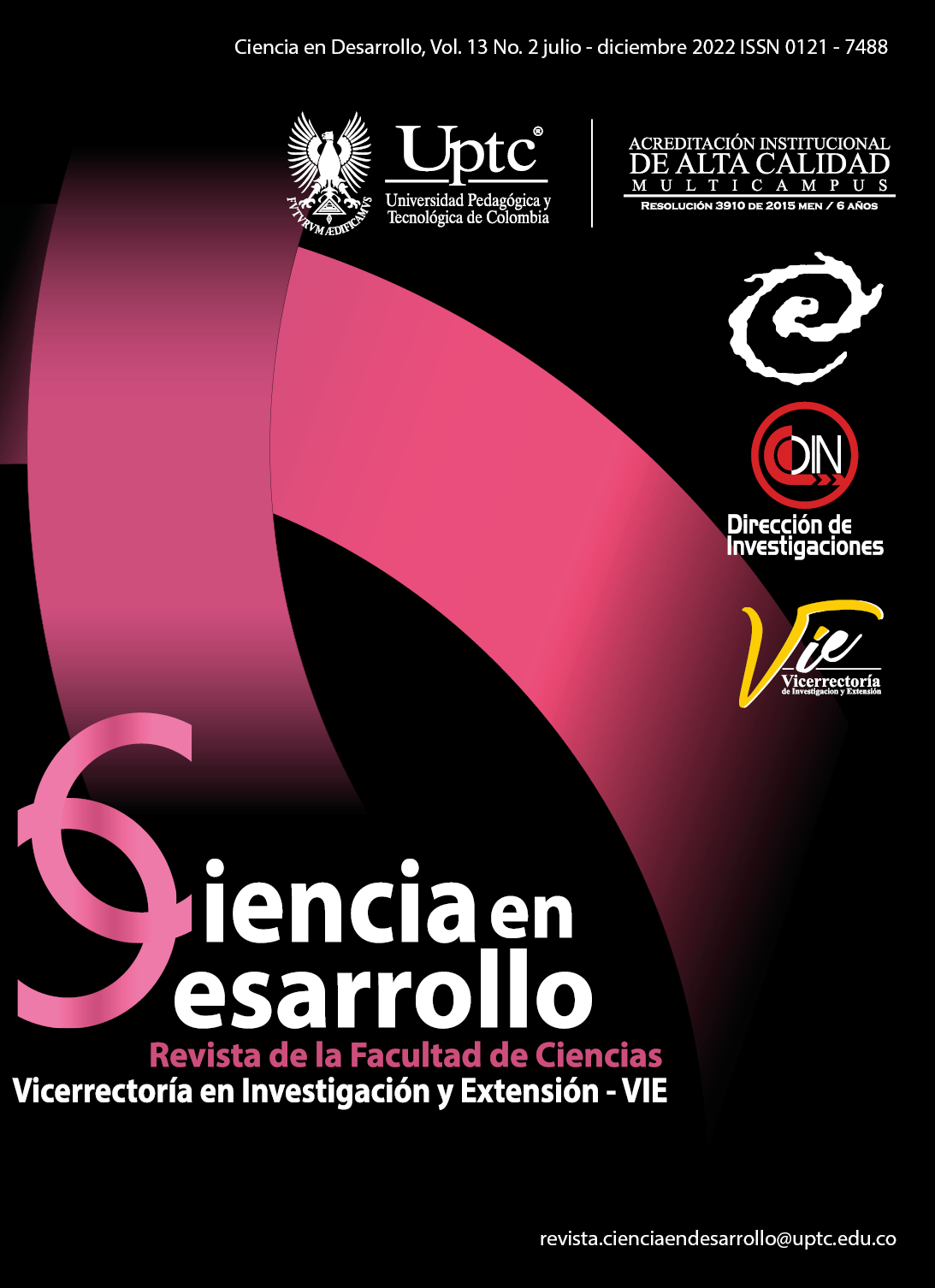Depth, Polarity and Welding Current Effect on Diffusible Hydrogen Content With Stainless Steel Electrodes in Underwater Wet Welding

Abstract
The evaluation of diffusible hydrogen is critical in determining the quality and strength of UnderWater Wet Welding joints. The objective of this study was to separately evaluate the influence of four fundamental variables on the amount of diffusible hydrogen in underwater welding: welding depth, polarity, current and electrode specification. Applying a full two-level factorial design to these four factors. Statistical analysis allowed us to establish the relevance of the variation of each factor on the diffusible hydrogen content of the welds. Austenitic stainless steel electrodes were used. The lowest Diffusible Hydrogen values were obtained at higher depth and welding current levels, with positive polarity, and electrode E312 in detriment to E309. In this study, the factorl with the greatest impact on Diffusible Hydrogen was the Welding Depth.
Keywords
Soldadura Submarina Mojada, Hidrógeno Difusible, Profundidad
References
- Omajene, Joshua E. et al.“Fundamental difficulties associated with underwater wet welding”, International Journal of Engineering Research and Applications, vol. 4, no. 6, pp. 26-31, 2014.
- Chan, S. L. I. “Hydrogen trapping ability of steels with different microstructures”, Journal of the Chinese Institute of Engineers, Taylor & Francis, vol. 22, no. 1, pp. 43–53, 1999. DOI: https://doi.org/10.1080/02533839.1999.9670440
- Fydrych, Dariusz, ROGALSKI, Grzegorz. “Effect of shielded-electrode wet welding conditions on diffusion hydrogen content in
- deposited metal”, Welding International, vol. 25, no. 03, pp. 166-171, 2011. DOI: https://doi.org/10.1080/09507116.2010.540828
- Da Silva, Weslley Carlos Dias et al.“Effect of the hydrostatic pressure in the diffusible hydrogen at the underwater wet welding. In: International Conference on Offshore Mechanics and Arctic Engineering”, American Society of Mechanical Engineers, 2012. pp. 1-8. DOI: https://doi.org/10.1115/OMAE2012-83002
- Pope, A. M.“Oxygen and Hydrogen Control in Shielded Metal Underwater Welding. 1995”, Tese de Doutorado. PhD Thesis, Colorado School of Mines, 1995.
- De Medeiros, Raimundo Cabral.“Effect of oxidizing electrodes and polarity on hydrogen mitigation in underwater wet welding.”, Tese de Doutorado. Colorado School of Mines , 1997.
- Gooch, T. G.“Properties of underwater welds. part 1: Procedural trials. part 2: Mechanical properties.”, 1983.
- ISO - International Organization for Standard- ization. ISO 3690:2018-07: “Welding and Allied Processes - Determination of Hydrogen Content in Arc Weld Metal”, Beuth Verlag GmbH: Berlin, Germany, 2018.
- ASTM E260-96. Standard Practice For Packed Column Gas Chromatography. ASTM International, West Conshohocken, PA, 2019. www.astm.org
- MontGomery, Douglas C., Runger, George C., Calado, Verônica.“Estatística Aplicada E Probabilidade Para Engenheiros.” 6a. Ed. Rio de Janeiro: Editora LTC, 2018.
- Bailey, N. et al.“Welding ste without hydrogen cracking”, [S.l]: Woodhead Publishing, 1993. DOI: https://doi.org/10.1533/9780857093097
- Fydrych,Dariuszetal.WeldabilityofS500MC steel in underwater conditions”, Advances in Materials Science, vol. 14, no. 2, pp. 37-45, 2014. DOI: https://doi.org/10.2478/adms-2014-0008
- Nakpradit, T., POOPAT, B.“Investigation of diffusible hydrogen content and microstructure examination of underwater welding.”, Applied Science and Engineering Progress, vol. 3, no. 3, pp. 45-51, 2010.
- Pessoa, Ezequiel Caires Pereira.“Estudo da variação da porosidade ao longo do cordão em soldas subaquáticas molhadas”, Universidade Federal de Minas Gerais, 2007.
- American Welding Society, OATES, William R.“Welding handbook: materials and applica- tions.”, American Welding Society, 1996.